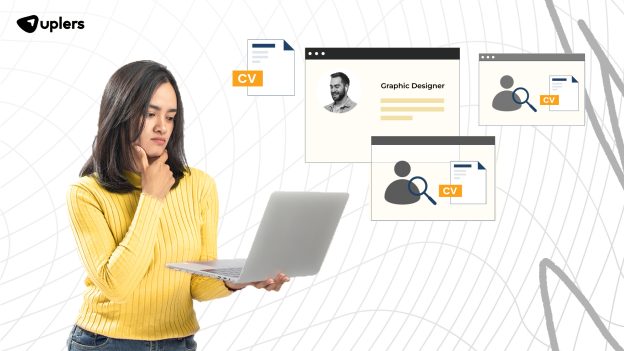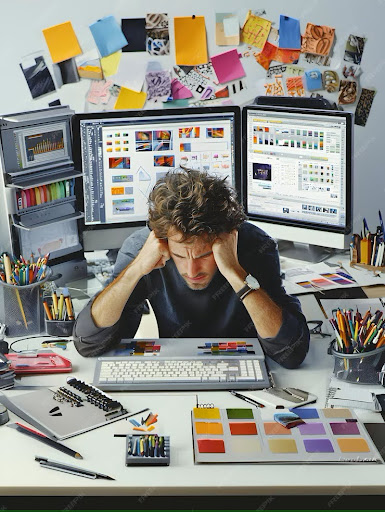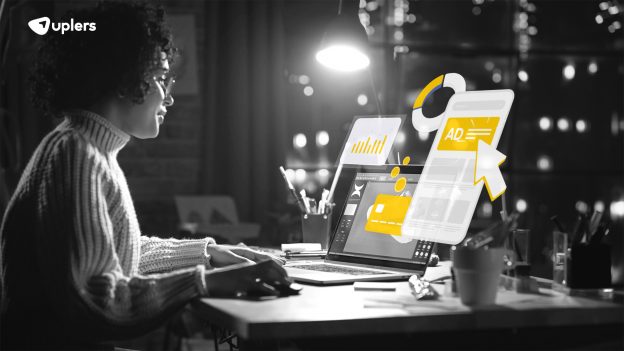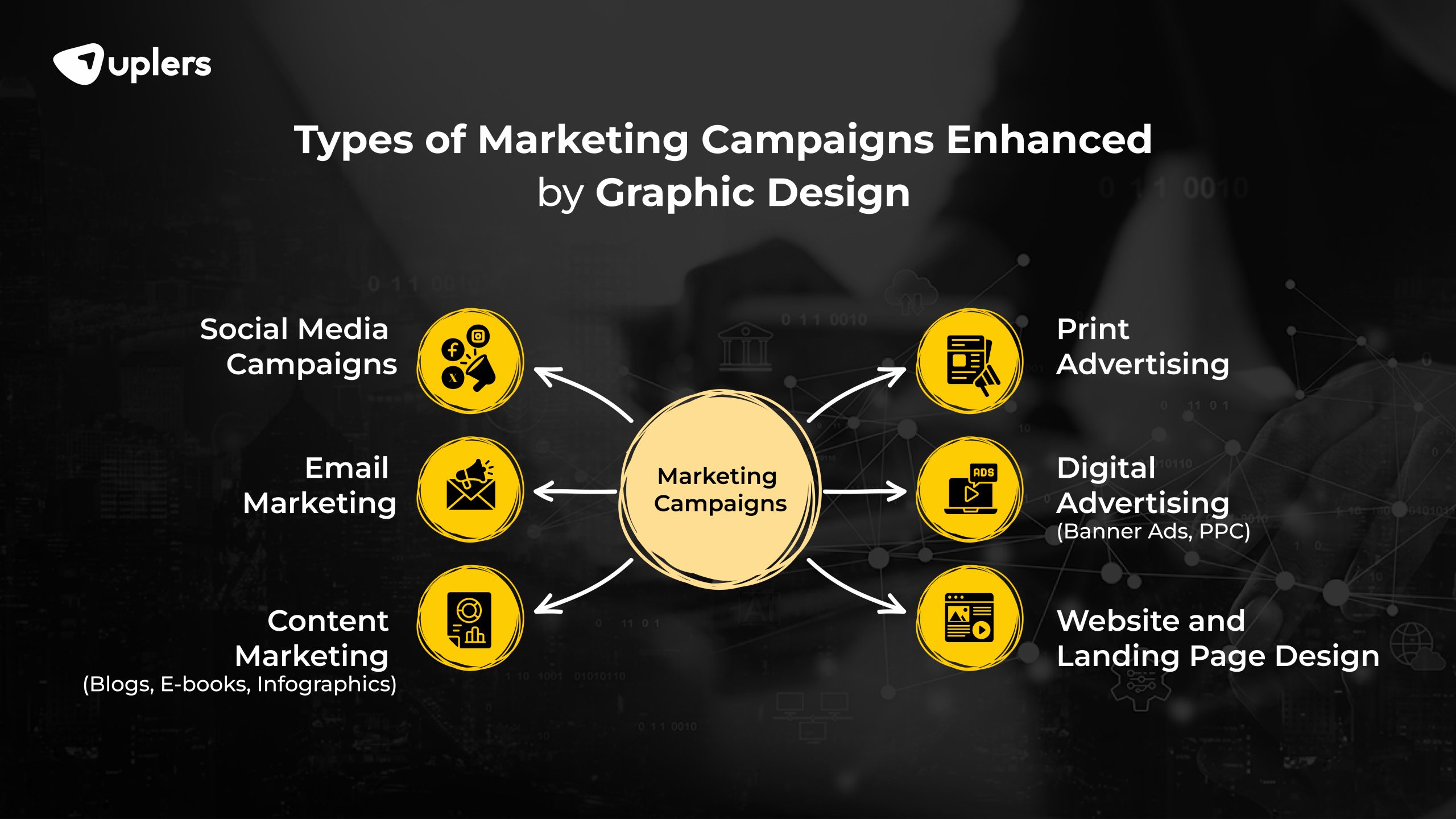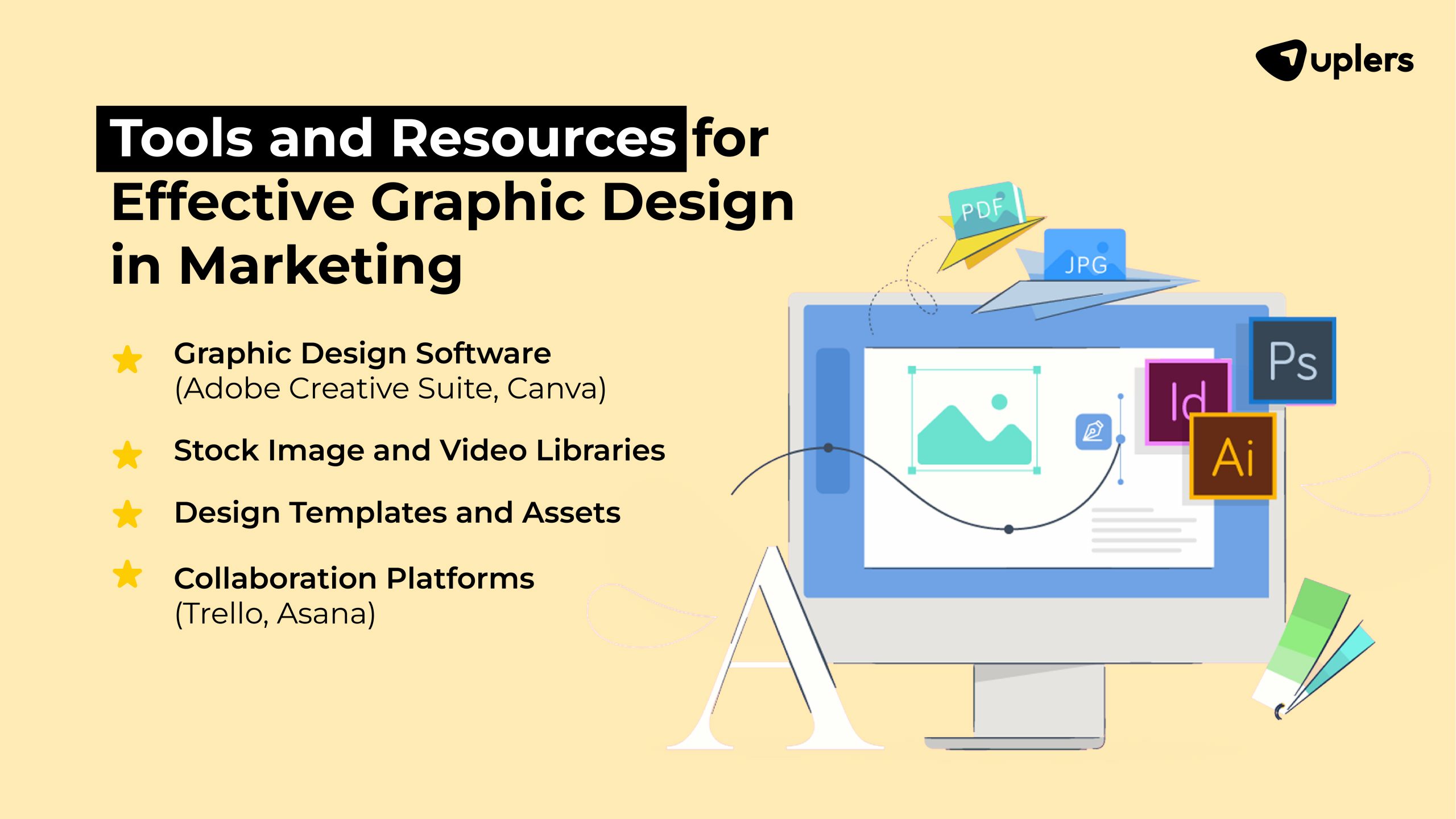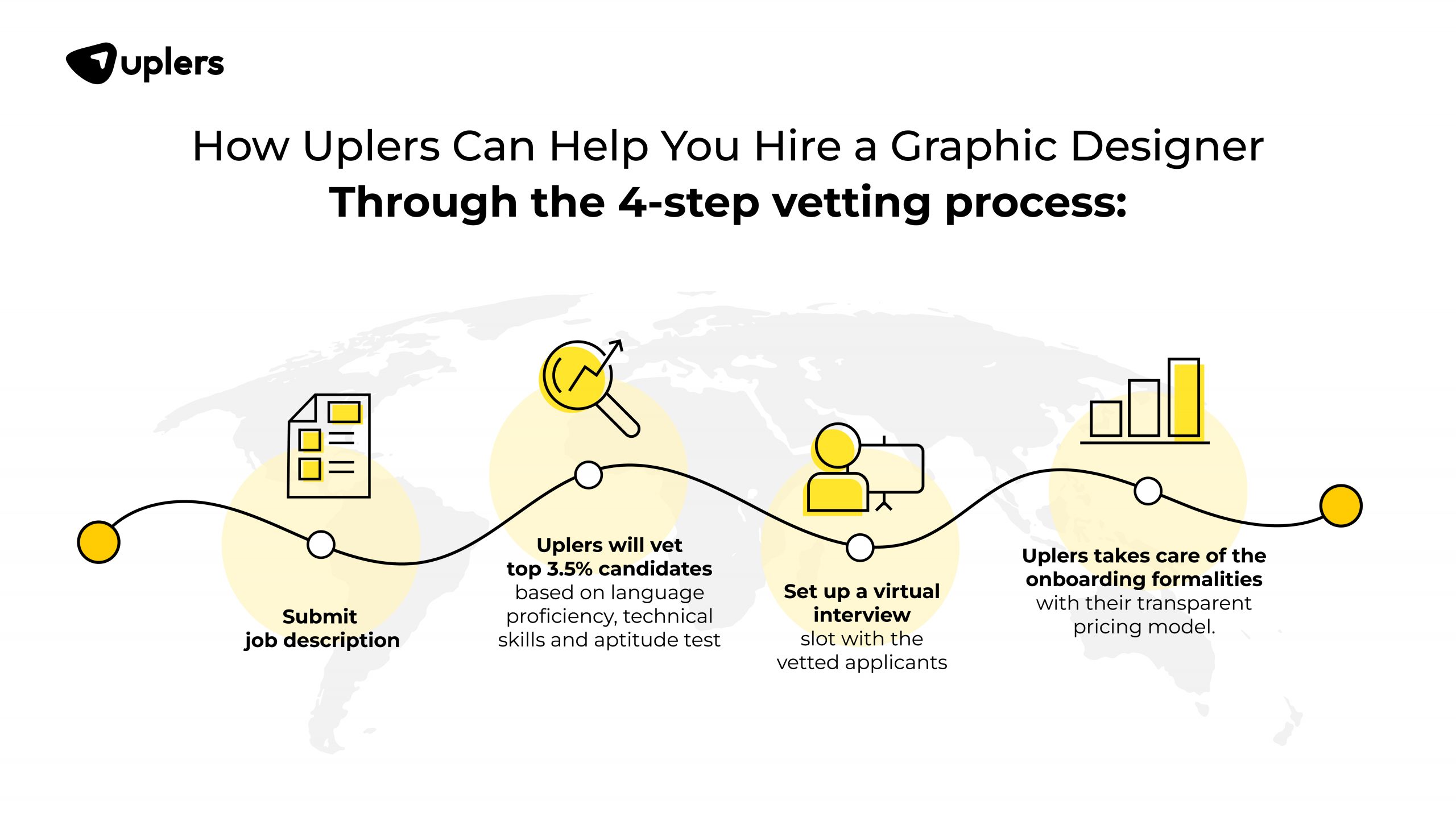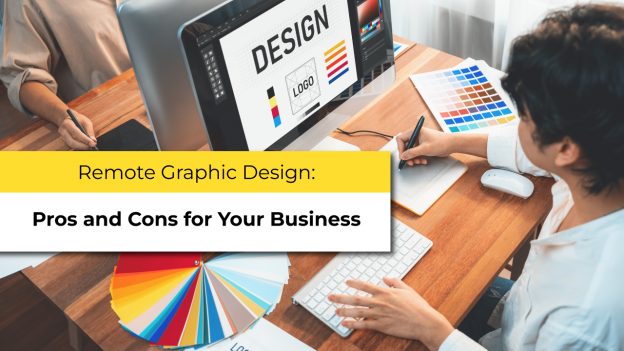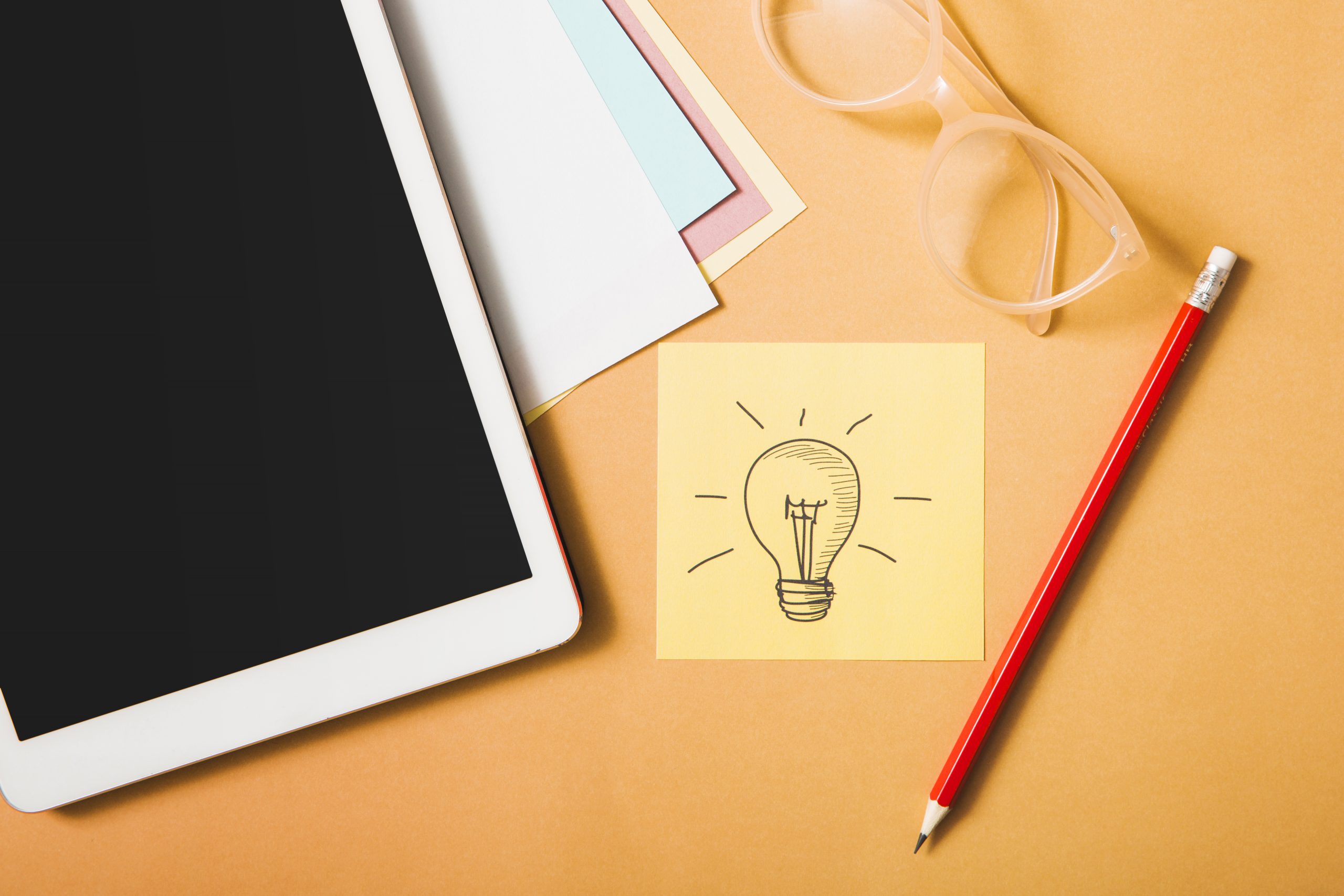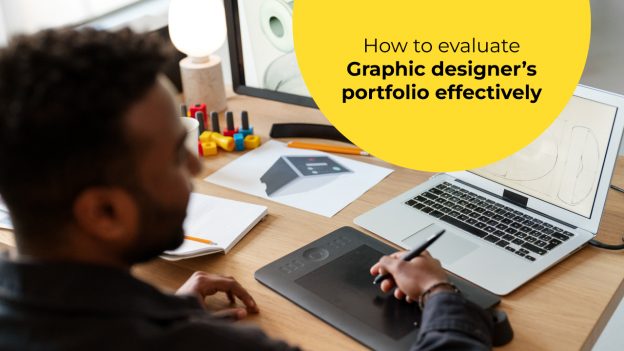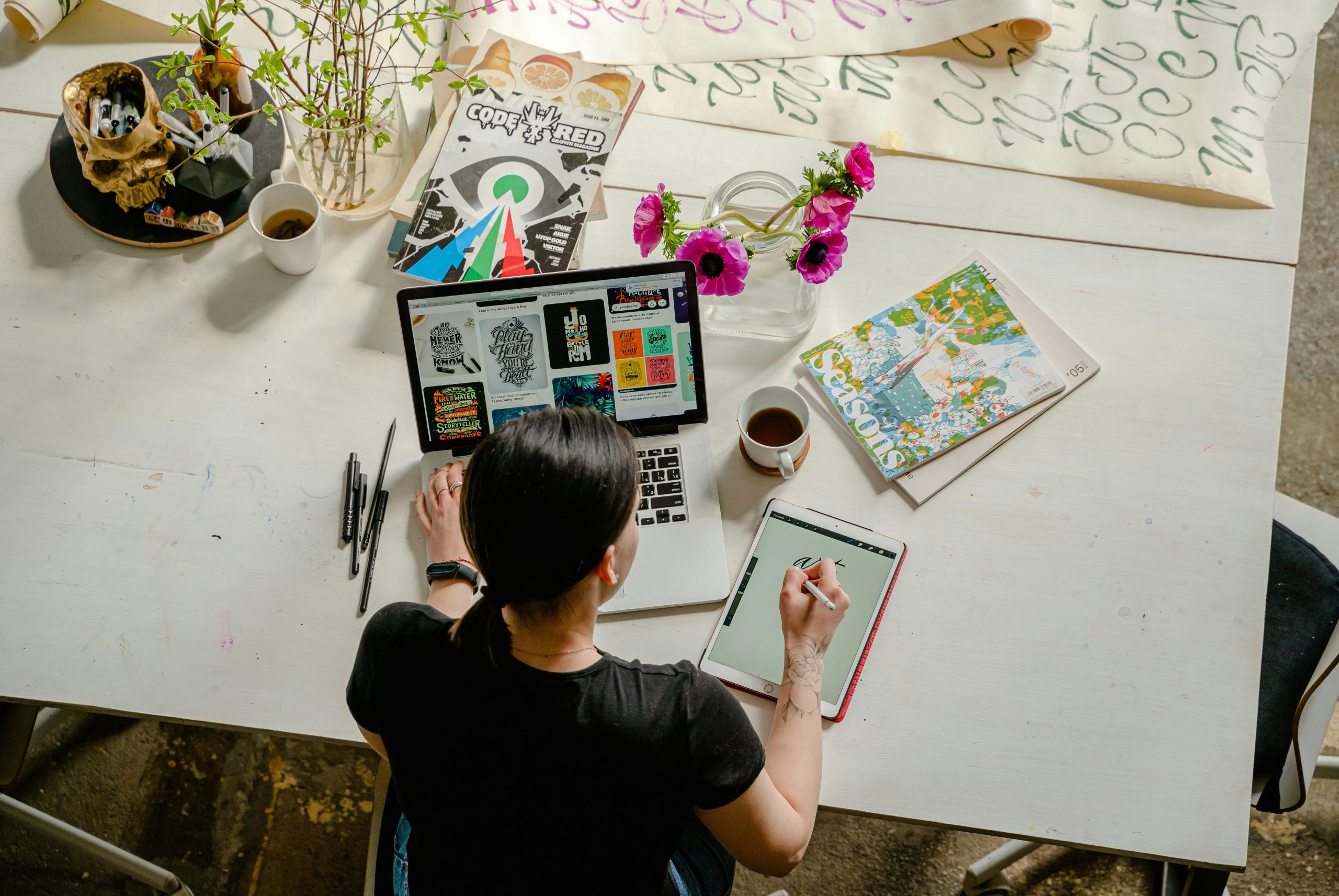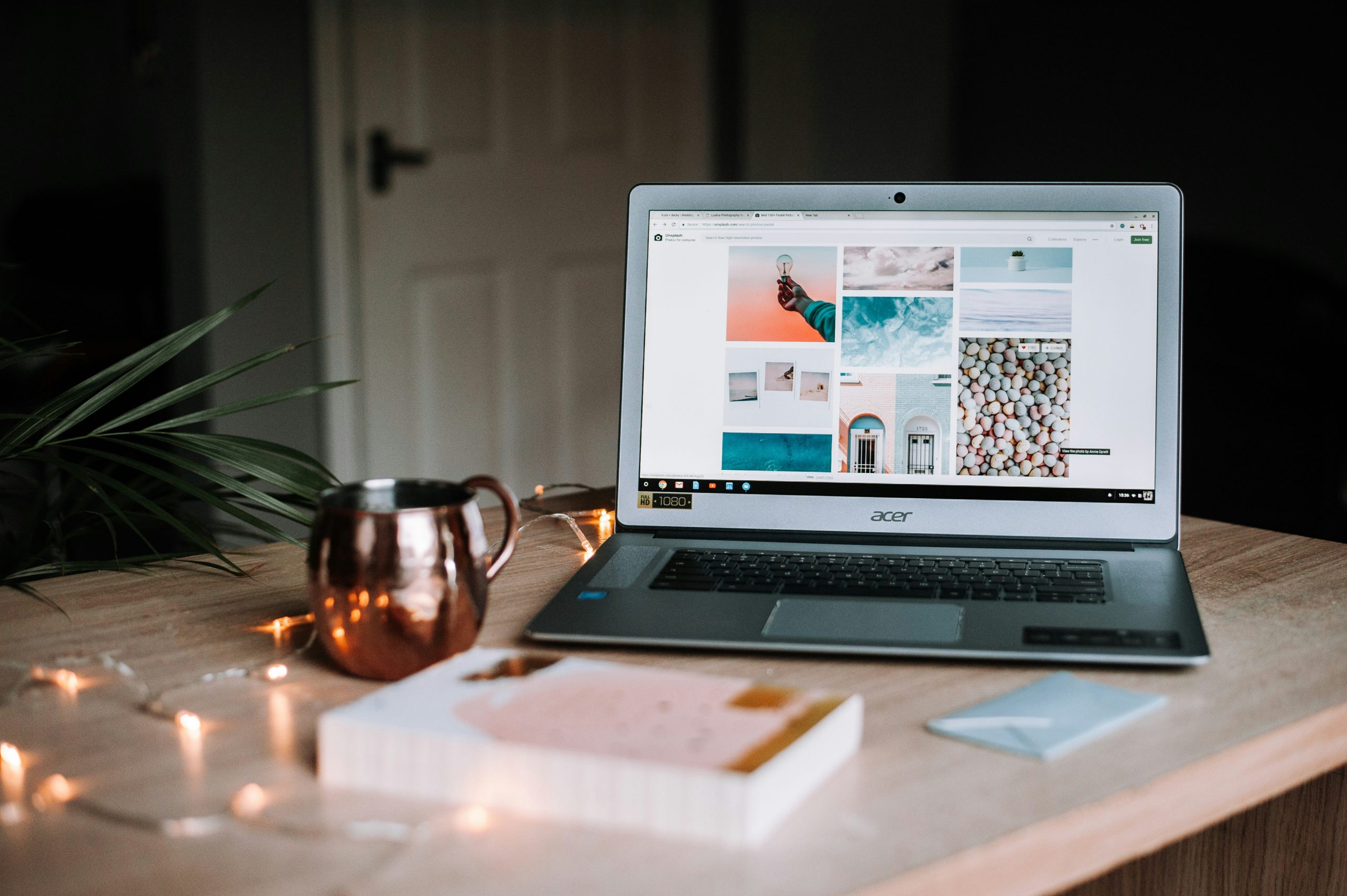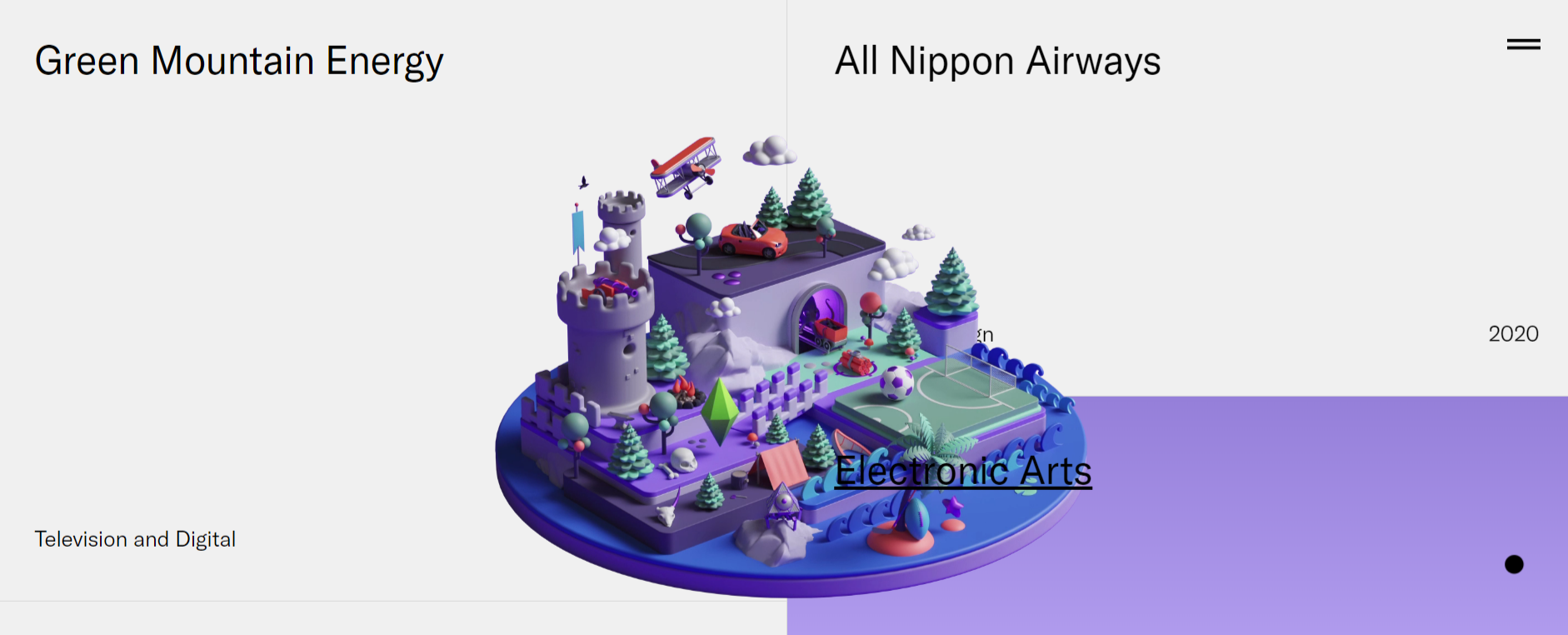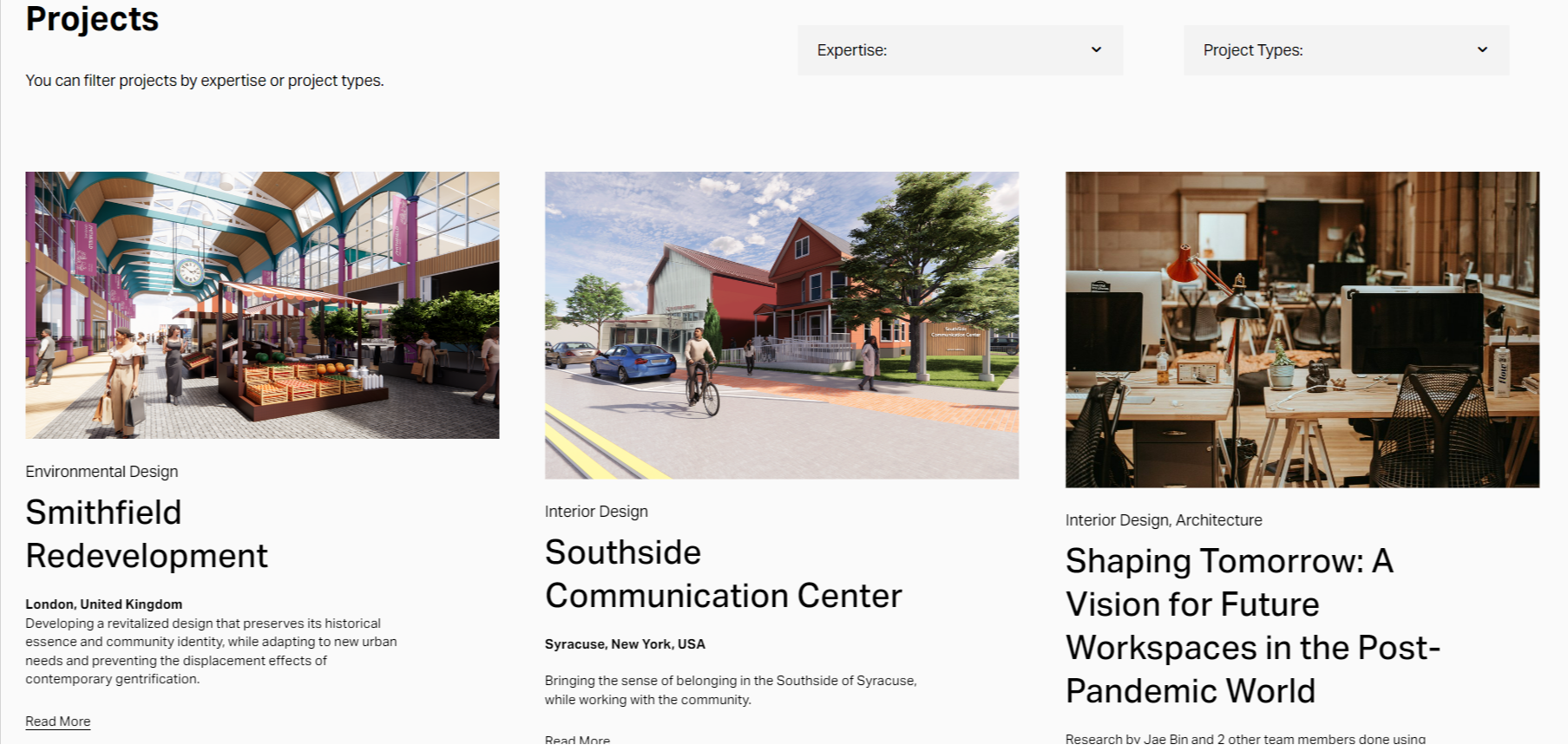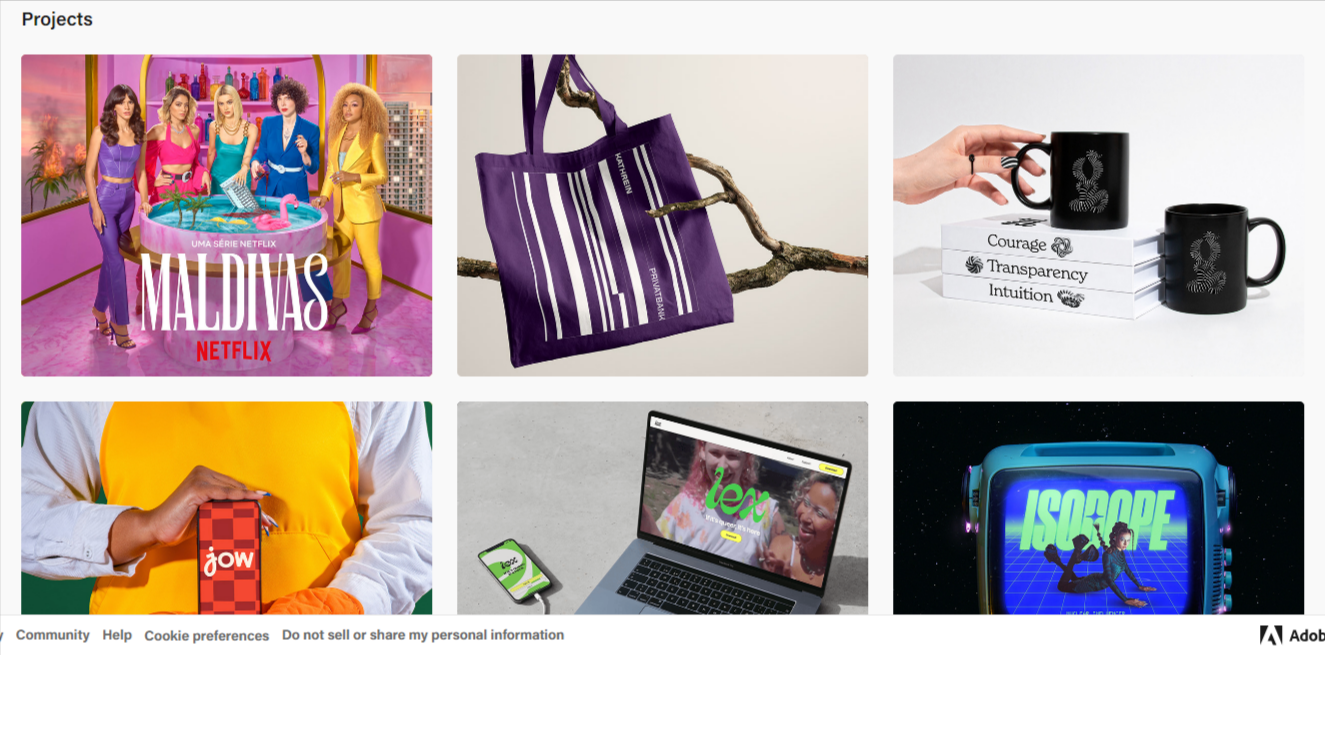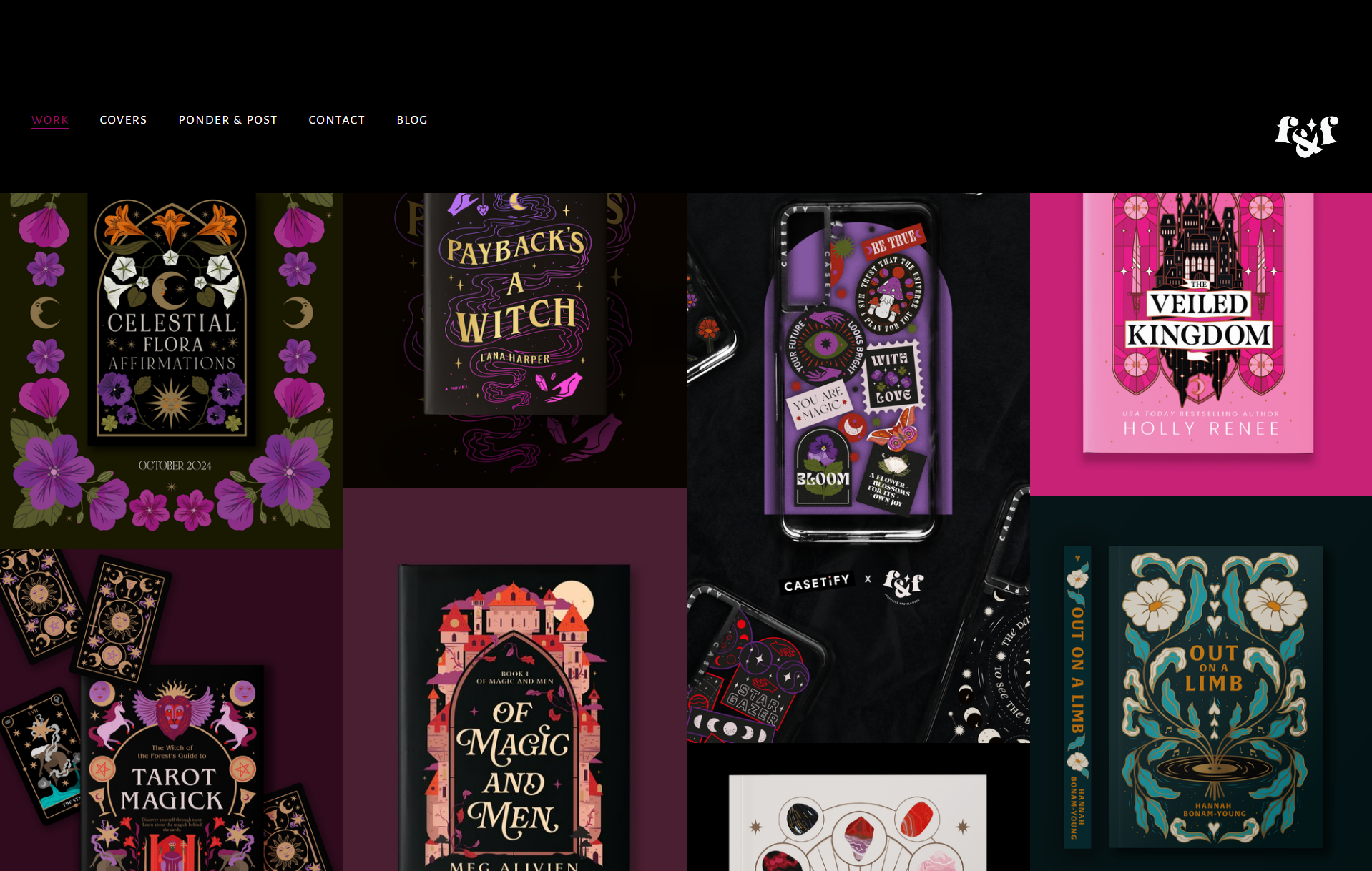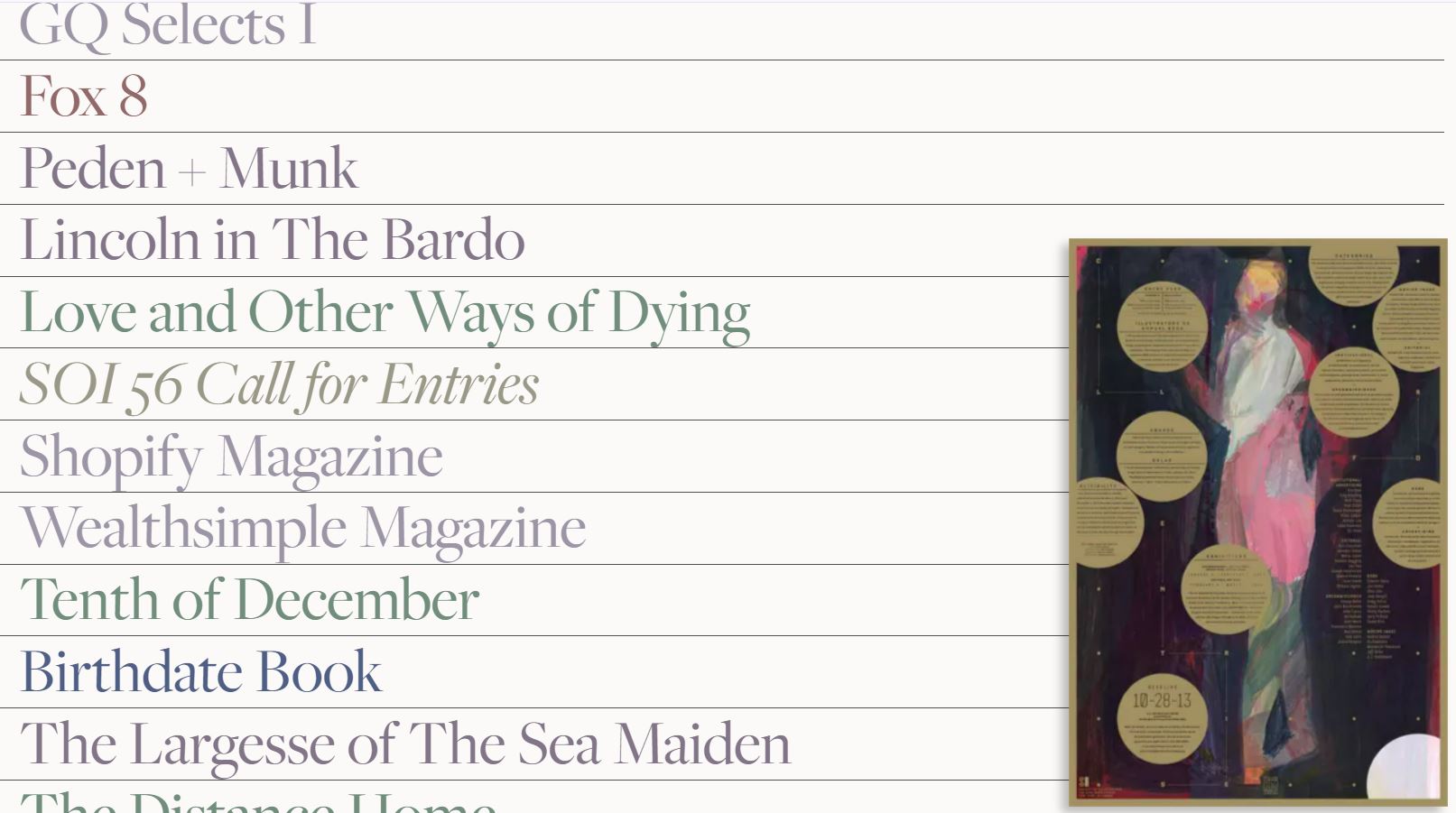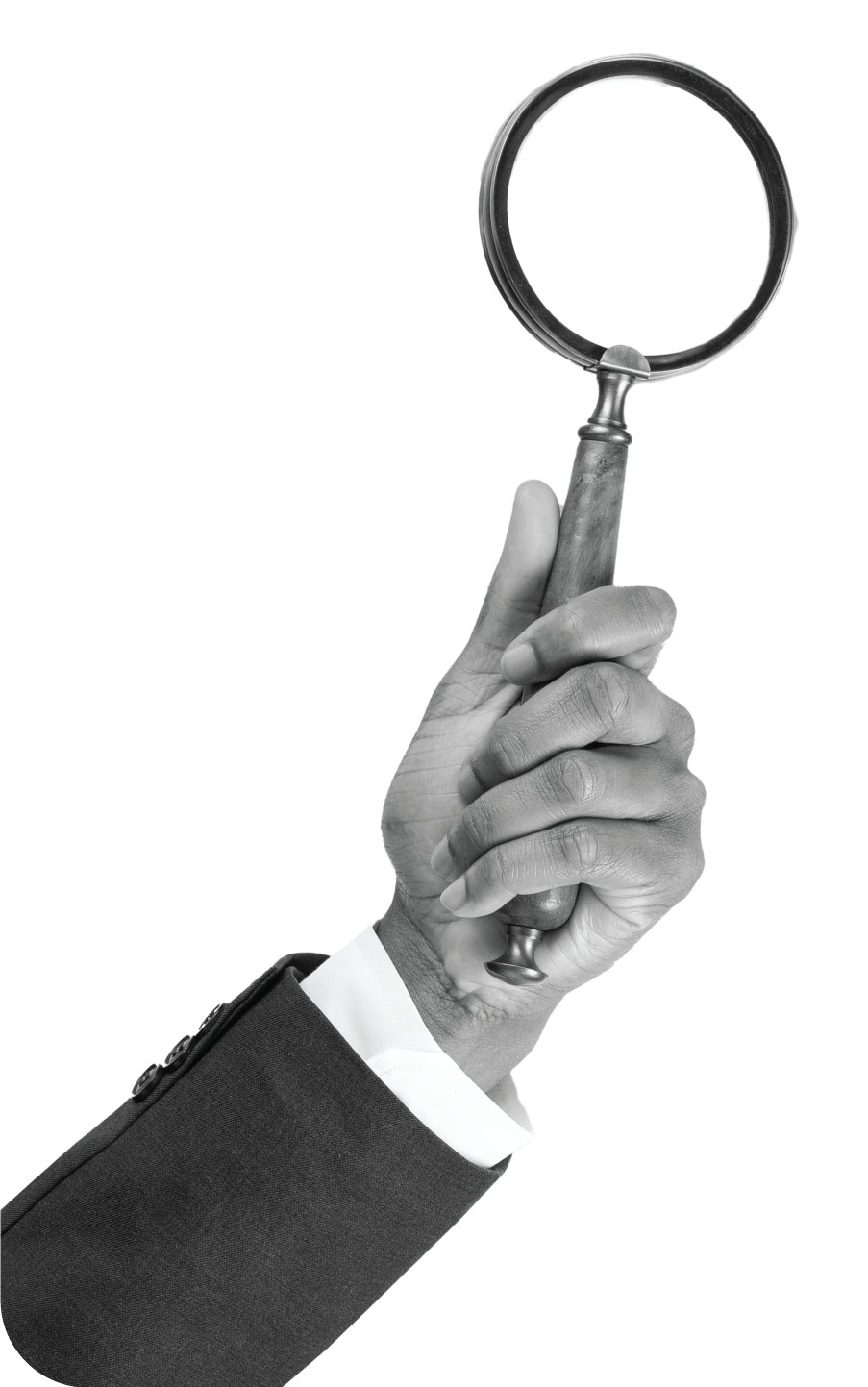The world, user expectations, and market dynamics have evolved. Graphic designing is no longer an exception and is not only confined to the branding or marketing aesthetics. It now holds a strategic significance in crafting product design, digital experiences, and business innovation. As the acceptance of the digital-first economy gains strong momentum, the need to hire graphic designers is more vital than ever for attaining a balance between creativity, technical skill, and cross-functional collaboration.
In 2025, the hiring landscape for graphic designers has undergone a transformative shift. Remote work, global talent networks, and the integration of AI have transformed the perspective of hiring managers. In this blog, we will unravel the key trends shaping the graphic design hiring and what decision-makers need to look for when looking for top-tier professionals to steer competition.
The Rise of Hybrid Skillsets in Graphic Design
The traditional boundaries between distinct roles such as graphic designer, UI/UX designer, and motion designer have blurred. In the present-day context top candidates are increasingly multi-disciplinary creatives wearing multiple hats at a time.
In-demand hybrids include:
- Graphic designer + motion designer: Social media and digital content demand dynamic visuals.
- Graphic designer + UX/UI proficiency: Design that converts users into customers requiring interface intuition.
- Graphic designer + front-end basics (HTML/CSS): Designers who communicate directly with developers reducing handoff inefficiencies.
As a hiring manager this doesn’t simply imply the evaluation of tools and outputs. It’s also about how well a candidate integrates design into the product or brand ecosystem. Beautiful layouts no longer please the audience, a designer needs to go above and beyond with an understanding of interaction, accessibility, and user goals.
Remote-First and Global Design Talent
The hiring market has witnessed a permanent alteration in the strategies ever since the rise of remote work post pandemic. Tech or SaaS companies are increasingly hiring graphic designers from the global markets to tap the high-quality skills available at cost-effective rates.
If we take this by an example, let’s consider the globally regarded tech talent hub India. As a leading destination for skilled design professionals, several global companies have adopted an India-first approach. This choice stems from the fact that Indian professionals have a strong English proficiency, expertise available at competitive rates, and a rapidly maturing design ecosystem adapting with the technological advancements.
An add-on benefit of hiring from India is the seamless hiring cycle that is a result of the reputed hiring platforms like Uplers. By leveraging this end-to-end AI-powered hiring platform, you can tap into the top 3.5% AI-vetted talent from India. These profiles are shortlisted from a 3M+ network using AI and human intelligence so that you receive only the finest designers in your inbox. You can expect an email with the vetted profiles often within 48 hours saving you up to 40% on hiring costs and a lot of the guesswork.
Hiring globally demands infrastructure – clear communication workflow, timezone alignment, and collaborative tools. But the rewards of wider talent access and better scalability are worth every ounce of effort invested.
AI and Automation: Shaping, Not Replacing, Design Roles
AI has made its sweet way into the design world with tools like Adobe Firefly, Canva AI, and Midjourney. These AI tools are regarded for automating routine tasks like layout generation, background removal, image enhancement, etc.
But AI replacing graphic designers is simply a myth because it’s augmenting them. The best designers today utilize AI as a co-creator to speed up drafts, explore design directions, and generate variations faster than ever. What does this imply for you as a hiring manager?
- Look for AI fluency alongside design fundamentals.
- Ask candidates how they incorporate AI into their creative process.
- Prioritize originality, storytelling, and brand thinking—things AI still can’t replicate.
All in all, AI in graphic design widens the gap between average and exceptional designers. Experienced designers know how to make tools work for their vision and not vice-versa.
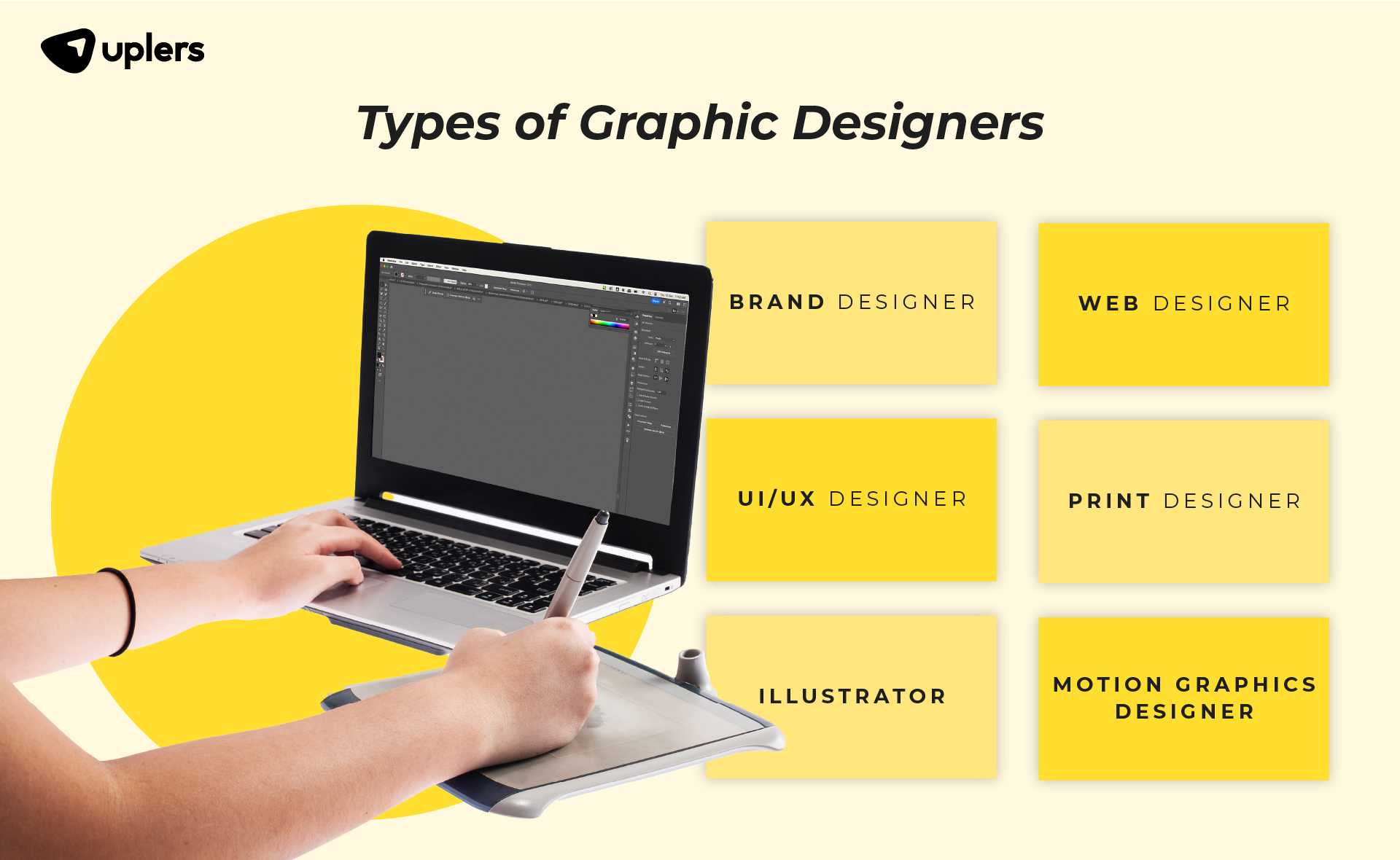
Soft Skills and Strategic Thinking Are More Valuable Than Ever
What does it take for a design to be flagged as a flawless design?
It’s communication, collaboration, and strategy!
In 2025, the best graphic designers are embedded in cross-functional teams, working closely alongside marketers, product managers, and engineers. That’s why soft skills have a mission-critical hand in the present-day hiring scenarios.
Look for:
- Strategic perspective: Can they elevate a brief into something that solves deeper brand or UX challenges?
- Collaboration mindset: Do they welcome feedback and work iteratively?
- Storytelling ability: Can the designer explain their decisions and how they connect to business goals?
Soft skills can be best analyzed through scenario-based interviews and behavioral questions. An understanding of how the candidate has worked in the real-world sets the context, by revealing more than a resume ever can.
Portfolio-First, Degree-Later
A designer’s portfolio is like a testament of their value in your overall project success. And in 2025 and the years to come this will hold much more significance than any other academic credentials.
In the portfolio evaluation phase, as a manager looking to hire graphic designers, you need to consider:
- Relevance to business: Does the work represent actual customer or business projects?
- User-centred outcomes: Is there proof of a performance impact or data-driven design?
- Process transparency: Do you keep track of the ideas, iterations, and problem-solving that go into the process?
Modern designers increasingly utilize Notion, Framer, or Webflow to develop interactive portfolios that reflect skill as well as the storytelling potential. PDFs and Behance accounts are still common, but static visuals alone are not enough.
Tools and Platforms Dominating the Hiring Process
In the digital hiring age recruiters have access to more tools than ever before to find and evaluate top design talent. The more the options the merrier, but it also creates confusions as to which is the best approach to answer your dilemma of how to hire graphic designers. There are several platforms that also shape the way we discover, assess, and collaborate with the designers.
- Hiring Platforms: Uplers, Dribbble, Behance, Design Jobs Board
- Collaboration Tools: Figma, Adobe XD, FigJam, Miro
- Assessment Platforms: Loom (for video walkthroughs), Skill-based test platforms (e.g., TestGorilla, Toggl Hire)
To effectively hire graphic designers in 2025, your hiring stack must include visual collaboration tools and a structured screening process. This should be such that it tests creativity and communication, and not just Photoshop proficiency.
Red Flags to Watch Out For in 2025
Not all designers are equal, and when assessing each applicant there are some red flags that are easier to miss if you are solely focused on technical skills.
Keep an eye out for:
- Over-reliance on templates (especially AI-generated or Canva-heavy work).
- No process documentation—a good designer should explain how they got from brief to concept.
- Outdated tools or no exposure to current platforms like Figma.
- Solo-only experience with no evidence of cross-team collaboration.
- No understanding of accessibility or mobile-first principles.
An interview is as much about what a candidate avoids as what they present. Evaluate the design for curiosity, maturity, and adaptability.
Preparing for the Future of Graphic Design Hiring
The business value of designing is prominent and rising, which is why hiring the right talent emerges as a strategic differentiator. In 2025 the design hiring landscape favors professionals that are multi-skilled, collaborative, AI-savvy, and globally accessible.
In order to succeed as a tech company you need to modernize your hiring approach, embrace global talent, prioritize real-world portfolios and soft skills, and stay ahead of the tech trends without losing sight of the design fundamentals.
To hire graphic designers who can make an impact from day one, your hiring strategy must reflect the complexity and opportunity of the present day design ecosystem.
